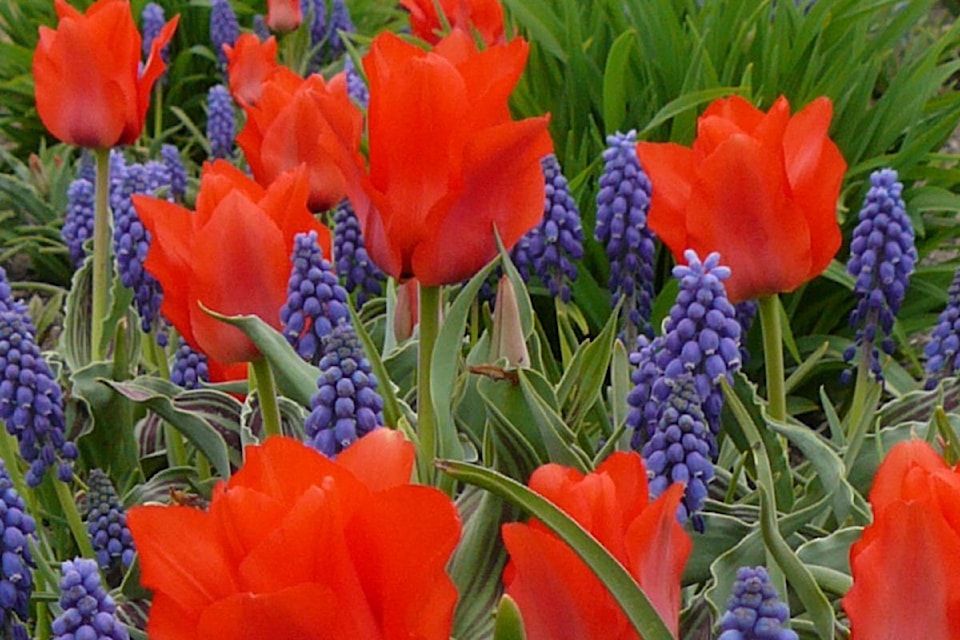In between the March winds and April showers, the air is still and the sun shines, drawing us joyfully out into our gardens.
Often the first gardening task is to get that winter brown lawn to green up fast. This year I invite you to skip the chemical fertilizer and try a soil-building mulch.
Spread a layer of organic matter one-half inch deep over your lawn. Within less than a month it will have disappeared into the soil and your lawn will be a vibrant green and be ready to mow.
I鈥檝e seen success with a variety of materials such as well-rotted manure from a local farmer, Glengrow from the City of 琉璃神社鈥檚 landfill and Nature鈥檚 Gold. Whatever you use, it must be well-rotted and free of weed seeds.
This approach saves time and money. A single application is enough to slowly and naturally feed your lawn throughout the growing season. Over the years I鈥檝e heard many complaints from people about having to mow their lawns too often.
When asked if they recently applied a chemical fertilizer, inevitably the answer is yes. What a make-work project. And the water meter is spinning faster because more water is needed to support the fertilizer-induced burst of growth.
Such fertilizers are high in salts, creating a chemical imbalance in the soil, which destroys essential soil micro-organisms, and leads to a dependency on regular applications of chemical fertilizers. That creates more work and more expense. They can also leach into ground water and end up contaminating drinking water.
On the other hand, a mulch of organic matter adds a full spectrum of nutrients to the soil. As it breaks down, it builds up the soil.
If your lawn is compacted, aerate it before applying the mulch. The mulch will fill the holes and help improve the soil even faster. For poor lawns, mulching again in the fall will help. Organic matter helps retain soil moisture, making your lawn more drought-tolerant.
Twenty-four percent of all water used in the Okanagan Valley goes to irrigate domestic landscapes. Much of this is used to keep lawns green.
To learn more about how to reduce water use and maintenance time in your yard, I invite you to attend a xeriscape workshop put on by the Okanagan Xeriscape Association on Saturday, May 13 from 10 a.m. to 3 p.m. Details and registration information are on the classes page www.okanaganxeriscape.org.
Watch for early blooming xeriscape plants: Spring bulbs and forsythia in gardens and the white bloom of wild Saskatoon bushes on hillsides around the Okanagan.
This week I was delighted to find wild sage buttercups blooming at the start of the Paul鈥檚 Tomb Trail in Knox Mountain Park.
Gwen Steele is executive-director of the non-profit Okanagan Xeriscape Association.




